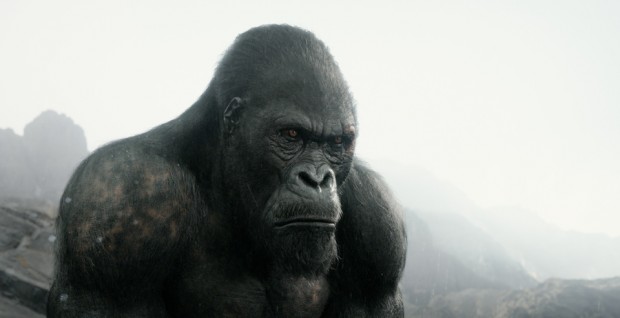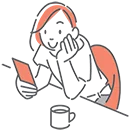Just having swung into theaters, The Legend of Tarzan — the major motion picture adaptation of Edgar Rice Burroughs classic Tarzan of the Apes — features over 700 VFX shots provided by Framestore. The studio’s tasks spanned complex digital jungles, digi-double creation and intricate character animation, notably the CG apes who adopt the human Tarzan.
The film is directed by David Yates, with VFX supervision handled by his long-time collaborator Tim Burke. The story follows the orphaned son of a shipwrecked English nobleman, born into the jungles of Africa and raised by apes. The Legend of Tarzan stars Alexander Skarsgard, Samuel L. Jackson, Christoph Waltz and Margot Robbie.
Framestore’s first creative challenge was the photo-real jungle backdrop for the film. They utilized plats of elaborate sets of settlements and villages and jungle environments back by bluescreens, created by the filmmakers at Leavesden studios. The team also referenced environments found in Gabon, in West Africa, amassing a library of roughly 7,000 indigenous plants species to use.
No Tarzan film is complete without the iconic swinging-through-the-jungle sequence. Framestore faced a few challenges in tackling the speed and movement required from the scene, which was complicated by changes in environment and lighting, as the scene transitions from a sun-filled area to a dark environment with heavy rain. Furthermore, the team were required to render the action of their fully animated Tarzan digi-double in slow-motion.
The filmmakers turned to Framestore VFX Supervisor Andy Kind to imbue the character with grace and strength for the iconic scene. The team studied ballet and circus performers to understand how the body moves when swinging on high and at speed. They then pre-vized the entire sequence, working out the exact movements Tarzan would make, before setting up a 16-unit RED camera array to capture Skarsgard’s performance in order to rebuild the geometry per frame as an animation base.
Framestore also poured energy and artistry into creating the film’s hairier stars: fully CG-animated apes who had to seamlessly interact with live actors. The director wanted to conjure Burroughs’ fictional “Mangani ape,” and has his production team develop a full-scale Mangani head and shoulders model for Framestore to reference. Framestore created the three lead Mangani: Tarzan’s adoptive mother, Kala; her son, Akut; and the fierce alpha male, Kerchak. Using gorilla anatomy reference, the team got creative modeling the Mangani, which are less furry and more muscular than real gorillas, with more exposed skin.
Animation Supervisor Kevin Spruce headed up the ape creation. “It was a very daunting concept at the beginning. Our apes were interacting with live characters, so it was a huge undertaking.” The team studied footage of gorillas and apes and even visited a zoo for first-hand experience, and discovered how the animals use full body language to communicate. But great attention also had to be paid to the apes’ eyes.
“Yates had a mandate about keeping the emotion very subtle,” notes Spruce. “It was all about the eyes, and seeing the soul there … For the animation we really felt as though we had to scale a lot back, and create the emotion through the subtle movements of the eyebrows or mouth.”
Framestore’s R&D team developed the new “Flex & Flesh” digital tool to simulate the loosening and tensing of muscles in order to achieve the high level of texture and movement in the apes’ fur and skin; and a library of facial shapes, hair filter and dynamic hair systems. Creature artists then created 15 Mangani by varying fur color, length and density, and alternating patches of grey and bald spots. The Montreal team further had to calculate how to move fur along with body dynamics in a rainy scene.
And as if that wasn’t enough, they had to create a herd of elephants as well!
Framestore is reuniting with director David Yates and VFX supervisor Tim Burke on Fantastic Beasts and Where to Find Them, out November 19.





 Win a Funko X Lilo & Stitch Prize Pack!
Win a Funko X Lilo & Stitch Prize Pack! 